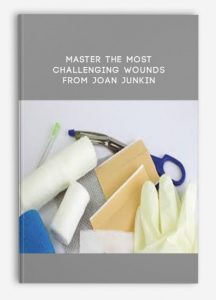 Master the Most Challenging Wounds from Joan Junkin
Master the Most Challenging Wounds from Joan Junkin
More information about Medical:
Medicine is the science and practice of establishing the diagnosis, prognosis, treatment, and prevention of disease.
Medicine encompasses a variety of health care practices evolved to maintain and restore health by the prevention and treatment of illness.
Contemporary medicine applies biomedical sciences, biomedical research, genetics, and medical technology to diagnose, treat, and prevent injury and disease,
typically through pharmaceuticals or surgery, but also through therapies as diverse as psychotherapy, external splints and traction, medical devices, biologics, and ionizing radiation, amongst others.
Medicine has been around for thousands of years, during most of which it was an art (an area of skill and knowledge) frequently having connections to the religious and
philosophical beliefs of local culture. For example, a medicine man would apply herbs and say prayers for healing, or an ancient philosopher and physician would apply bloodletting according to the theories of humorism.
In recent centuries, since the advent of modern science, most medicine has become a combination of art and science (both basic and applied, under the umbrella of medical science).
While stitching technique for sutures is an art learned through practice, the knowledge of what happens at the cellular and molecular level in the tissues being stitched arises through science.
Outline:
Infection Control Solutions: Bacterial loads, Debridement Devices, Maggots and Biofilm
- Surfactants and non-toxic antiseptics to decrease bacterial load
- Debridement devices allow all clinicians to provide excellent mechanical debridement
- Don’t discount maggots – latest research results
- Update on biofilm research findings
Diabetic Foot Ulcer Solutions: Circulation Challenges, Off-loading and Complex Healing
- Circulation criteria before debriding
- Off-loading devices help you comply with the latest guidelines
- Research to address the complex healing challenges
Edema-Caused Leg Ulcer Solutions: Address Edema, Compression Options and Slough Interventions
- Address circulation and edema first
- Numerous compression products and donning devices (adequate arterial flow)
- One compression device or pumps (inadequate arterial flow)
- Speed up healing through new interventions to address the challenges with slough
Complex Pressure Ulcer Solutions: Tools and Algorithms to Take Back to Work
- Microclimate management tools and techniques to treat
- Repositioning tools
- Support surface algorithm
- Nutrition recommendations from current guidelines
Open Surgical Wound Solutions: Negative Pressure Devices, Instillation Therapy, Isolate a Fistula
- Use the wide variety of negative pressure devices effectively
- Why a leased device for high exudate
- Disposable options for low to moderate exudate Instillation therapy combined with negative pressure
- Devices to isolate a fistula
Arterial Insufficiency Wound Solutions: Diagnosis, Treatment Modalities, Arteriovenous Pumps
- New diagnostic options
- Research results by therapy modality
Description:
Wound care has become increasingly complex! There are literally hundreds of wound care product and treatment options to be considered for patients. How can you feel confident that you are recommending the BEST option for the patient’s wound presentation?
Does this real patient scenario sound familiar…
Mrs. K is a 72-year-old female with chronic edema of both lower legs. She refused to use compression stockings, to later experience inflammation and weeping blisters. When Mrs K was admitted to the hospital for worsening heart failure, orders were given for TED stockings and Vaseline gauze to the blistered areas.
The provider wasn’t aware that those interventions were contraindicated. Would you feel confident to suggest a one-sided silicone mesh to protect the blistered areas instead? Or application of two layers of a compression sleeve, if her physician felt the return of fluid to her system would not worsen congestive heart failure symptoms? Or daily chlorhexidine soap wash to both lower legs to help prevent infection?
National wound care expert, Joan Junkin RN, MSN, will demonstrate best practice use of a variety of wound products and treatments, including monofilament pads for mechanical debridement of biofilm and slough, negative pressure disposable options and tools available to greatly simplify use of compression for lower extremity edema.
She will break down the very latest coming from research to support your own complex patient care decisions.

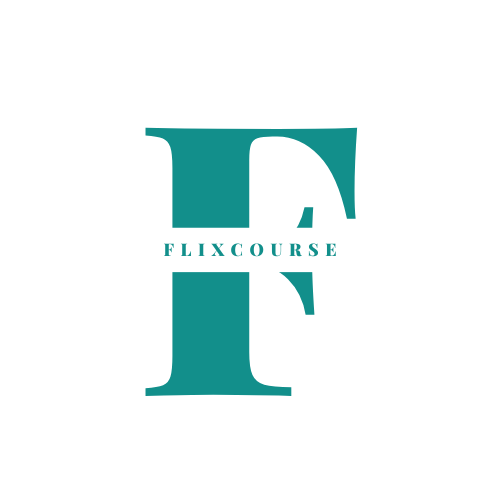

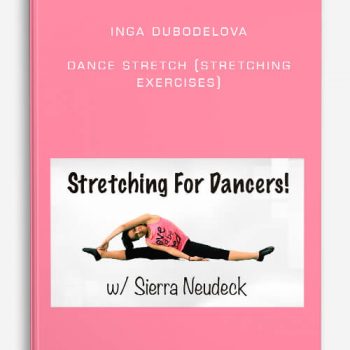
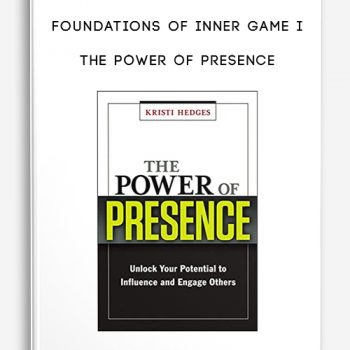
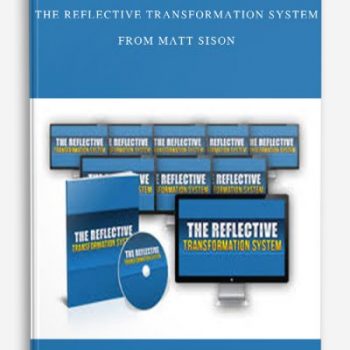
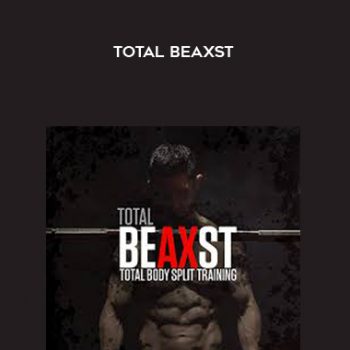


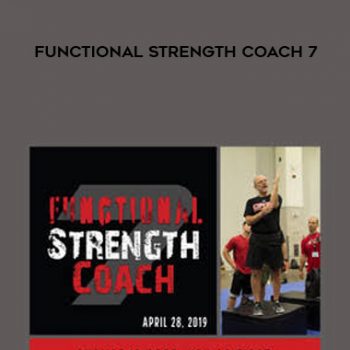

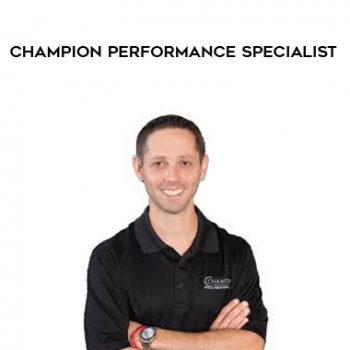
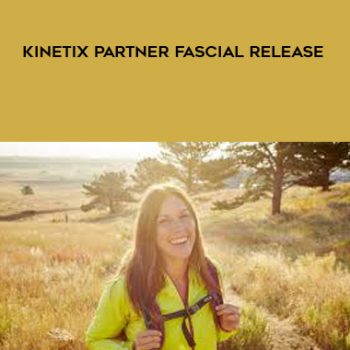
tristian –
This is Digital Download service, the course is available at Coursecui.com and Email download delivery.